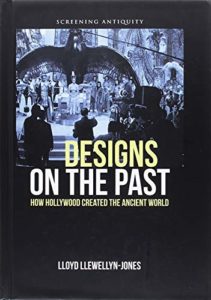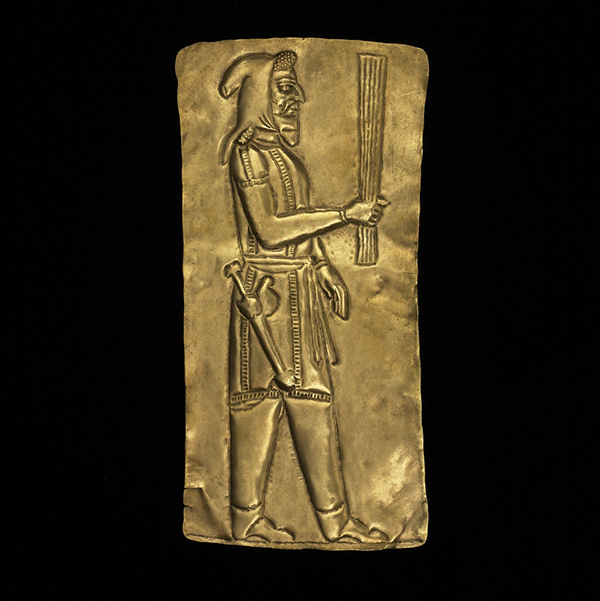

The lunch had been arranged to provide Major-General White-Spunner with recent information about the state of the Iraqi cultural heritage, as he was due to be deployed to Iraq in February 2008 as Commander-in-Chief of British troops and General Officer Commanding the Multi-National Division South-East. more The proposal to develop an Iraqi-British project to protect and promote cultural heritage in Southern Iraq was first mooted at a lunch in the British Museum on 24 September 2007, involving Major-General Barney White-Spunner, Charles Moore, former editor of the Daily Telegraph, Neil MacGregor, Director of the British Museum, and John Curtis, Keeper of the Department of the Middle East at the British Museum. The proposal to develop an Iraqi-British project to protect and promote cultural heritage in Sout. There is not much difference in the royal ideology of the two Neo- Assyria and Achaemenid. Concerning the strategies, methods, and concepts studied in this research, such as the mighty and powerful king, universal hegemony, connection between king and god (gods), participation of subject people in advancing the goals of the two empires, large construction projects and building of magnificent monuments, etc. How did they treat the subject people? How was their cooperation and participation with these empires? What was the connection between kings and their god or gods to justify their actions? How did the royal inscriptions and images describe the characteristics of a mighty and powerful king? What were the characteristics of hegemony and the view of domination over the whole world and nations in their views and in what methods was it done? These are the questions that this research seeks to answer to determine the ideological commonalities and differences between these two empires in their royal contexts and whether their ideological strategies and methods have been fundamentally different concerning the verbal and visual violence of the Assyrians? To achieve its goals, this research has examined the inscriptions and images (reliefs, steles, seals) of the royal contexts of these two periods. If we look at the written and visual documents and evidence of the royal contexts of Neo-Assyria and the Achaemenid, ideology has been at the heart of these two empires.


One of the fundamental features of the ancient states associated with power was ideology, and Neo-Assyria and the Achaemenid empires were no exception to this rule.


 0 kommentar(er)
0 kommentar(er)
